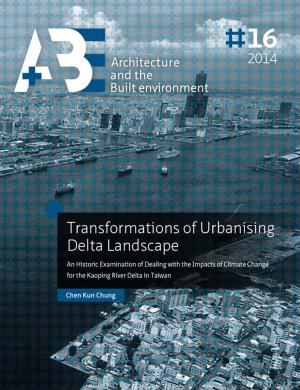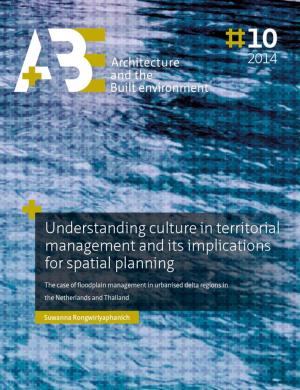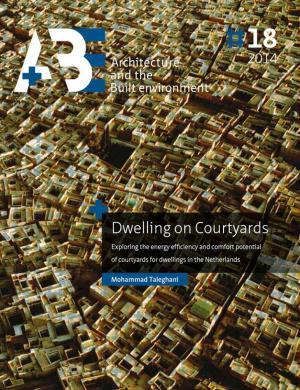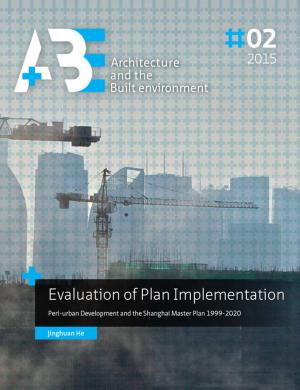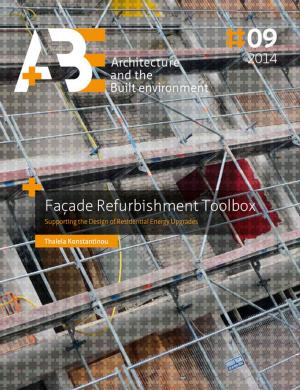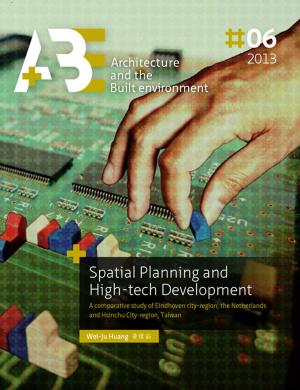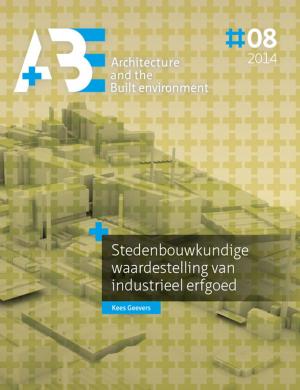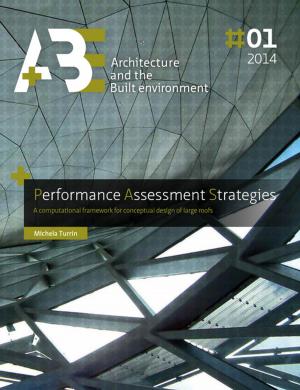Renewing City Renewal
A call for strong design
Nonfiction, Art & Architecture, General Art, Graphic Art & Design, General Design| Author: | Endry Van Velzen, Olof Van De Wal, Henk Engel | ISBN: | 9789461863119 |
| Publisher: | TU Delft | Publication: | June 16, 2014 |
| Imprint: | TU Delft | Language: | English |
| Author: | Endry Van Velzen, Olof Van De Wal, Henk Engel |
| ISBN: | 9789461863119 |
| Publisher: | TU Delft |
| Publication: | June 16, 2014 |
| Imprint: | TU Delft |
| Language: | English |
Between 1970 and 1990 the prewar districts of Dutch cities underwent an unparalleled process of renewal. What began as ‘building for the neighbourhood’ in protest against extensive demolition has now come to be known as ‘city renewal’. Large numbers of affordable dwellings and social facilities were created. However, businesses often disappeared, the quality of public space did not always improve and districts sometimes became isolated from the rest of the city. Since 1990 some of the old city renewal districts have taken off again and become popular (and expensive) housing districts. But others still have problems despite the renewal.
The design studies in this book show how economic activity, infrastructure and public space can be the keys to new strategies for improving city districts. Four ‘problem districts’ have been chosen as testing grounds: Leiden’s Havenkwartier, The Hague’s Schilderswijk, Rotterdam’s Feijenoord and Amsterdam’s Indische Buurt. Three essays describe the history of city renewal, the future of urban renewal and the role of spatial design in changing the existing city. The book ends with a call for meaningful new roles and instruments for architects and urban designers at a time when large-scale urban development has come to a standstill.
Between 1970 and 1990 the prewar districts of Dutch cities underwent an unparalleled process of renewal. What began as ‘building for the neighbourhood’ in protest against extensive demolition has now come to be known as ‘city renewal’. Large numbers of affordable dwellings and social facilities were created. However, businesses often disappeared, the quality of public space did not always improve and districts sometimes became isolated from the rest of the city. Since 1990 some of the old city renewal districts have taken off again and become popular (and expensive) housing districts. But others still have problems despite the renewal.
The design studies in this book show how economic activity, infrastructure and public space can be the keys to new strategies for improving city districts. Four ‘problem districts’ have been chosen as testing grounds: Leiden’s Havenkwartier, The Hague’s Schilderswijk, Rotterdam’s Feijenoord and Amsterdam’s Indische Buurt.
Three essays describe the history of city renewal, the future of urban renewal and the role of spatial design in changing the existing city. The book ends with a call for meaningful new roles and instruments for architects and urban designers at a...
Between 1970 and 1990 the prewar districts of Dutch cities underwent an unparalleled process of renewal. What began as ‘building for the neighbourhood’ in protest against extensive demolition has now come to be known as ‘city renewal’. Large numbers of affordable dwellings and social facilities were created. However, businesses often disappeared, the quality of public space did not always improve and districts sometimes became isolated from the rest of the city. Since 1990 some of the old city renewal districts have taken off again and become popular (and expensive) housing districts. But others still have problems despite the renewal.
The design studies in this book show how economic activity, infrastructure and public space can be the keys to new strategies for improving city districts. Four ‘problem districts’ have been chosen as testing grounds: Leiden’s Havenkwartier, The Hague’s Schilderswijk, Rotterdam’s Feijenoord and Amsterdam’s Indische Buurt. Three essays describe the history of city renewal, the future of urban renewal and the role of spatial design in changing the existing city. The book ends with a call for meaningful new roles and instruments for architects and urban designers at a time when large-scale urban development has come to a standstill.
Between 1970 and 1990 the prewar districts of Dutch cities underwent an unparalleled process of renewal. What began as ‘building for the neighbourhood’ in protest against extensive demolition has now come to be known as ‘city renewal’. Large numbers of affordable dwellings and social facilities were created. However, businesses often disappeared, the quality of public space did not always improve and districts sometimes became isolated from the rest of the city. Since 1990 some of the old city renewal districts have taken off again and become popular (and expensive) housing districts. But others still have problems despite the renewal.
The design studies in this book show how economic activity, infrastructure and public space can be the keys to new strategies for improving city districts. Four ‘problem districts’ have been chosen as testing grounds: Leiden’s Havenkwartier, The Hague’s Schilderswijk, Rotterdam’s Feijenoord and Amsterdam’s Indische Buurt.
Three essays describe the history of city renewal, the future of urban renewal and the role of spatial design in changing the existing city. The book ends with a call for meaningful new roles and instruments for architects and urban designers at a...

